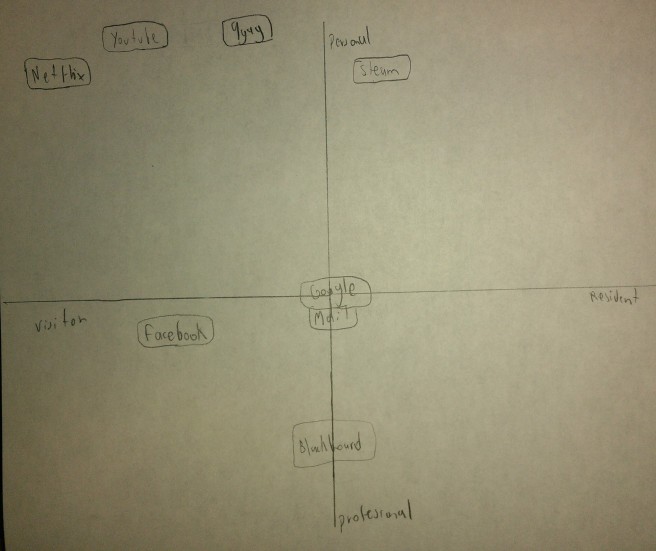--Originally published at Digital Identity blog
The day began with Ken lettin us ask anything, but people was still asleep or something, because there where only a few questions. After that we saw a video on how education haven’t change much. There is always a teacher and a group of students, students show a better performance by having a teachear rather than a tv or radio speaking.
Here is a video about it:
Later that day Diego Zavala came to explain us how to make a video, but instead of showing us how to use a program for editing he show us that nowadays it’s more important to show people how to tell a story rather than how to edit it in a program.
He showed us some videos and told us that a video can be simply made by using pictures and narrating a story or having a short animation.












